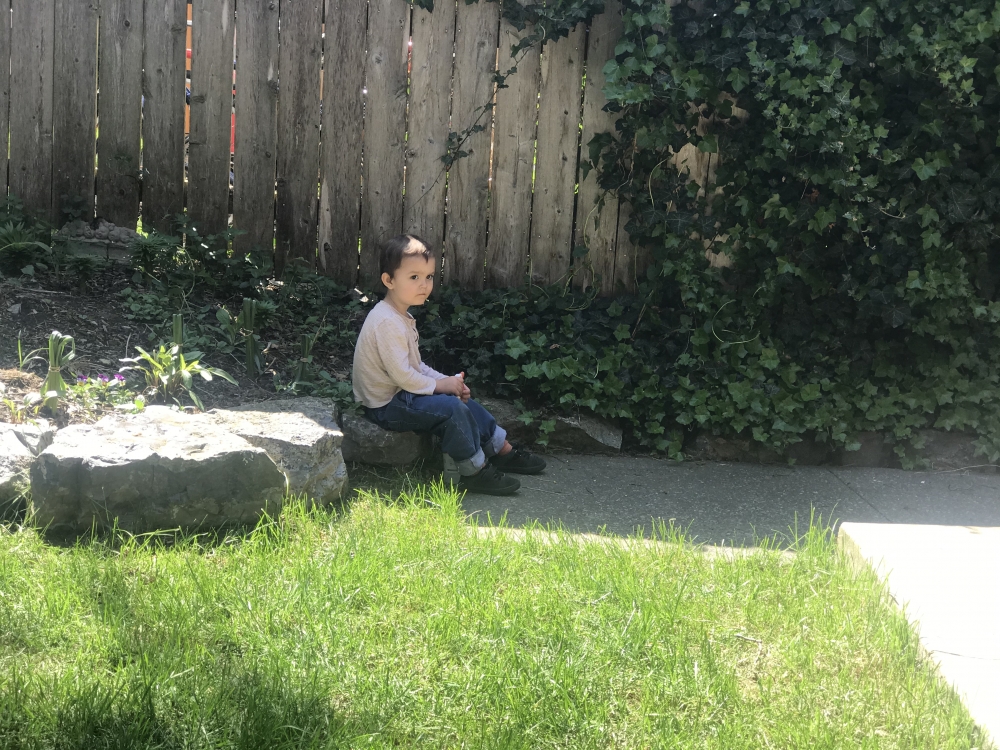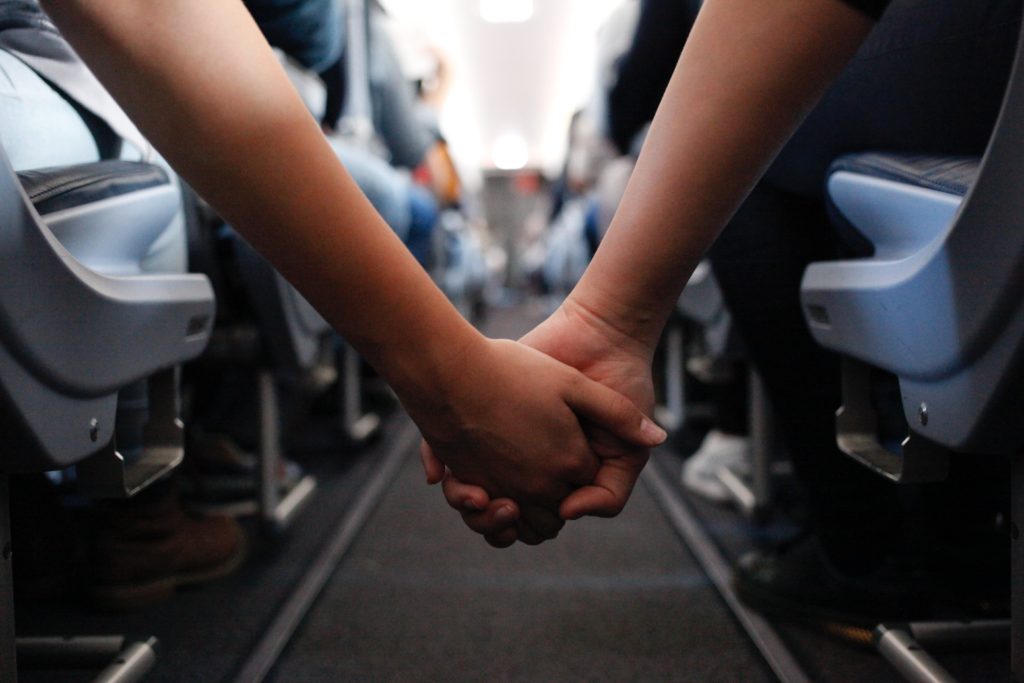You may have noticed that I am interested in and like to write about matters of the soul. Since childhood, I have been a deep thinker, someone who cares about the underlying feelings that color experiences. It is an aspect of my temperament, an integral part of me.
Exploring this inclination has made my life both rich and meaningful, as well as challenging or arduous. I cannot unlearn what I have learned, or not see what I have seen, and I am always conducting research.
I love when I learn something new. Recently, I read about the “rabbit effect” which was discovered while researching the impact of a high fat diet in rabbits, to correlate diet and disease in humans.
The unexpected finding was that all rabbits did not experience heart disease in direct correlation to the high fat diet they were fed. Some of thrabbits were free of disease, despite the fact they all ate the same diet.
Rabbits that were handled by a scientist with a kind and caring manner did not develop disease. How they were treated while being fed directly impacted the results! Kindness kept the fat from hardening in their arteries; it softened the impact.
Studies show that kind deeds increase the “feel good” hormones in the person practicing them. They also have an impact on the recipient, a visceral impact, that affects not only the soul, but the body, too.
Kindness is more than a fluffy emotion or is it a feeling? What is the difference?
I used to think the words emotion and feelings could be used interchangeably. Then I learned how they differ. That knowledge has made a big difference for me personally and I am excited to share it, so you can deepen the understanding of your own experience.
Emotions are associated with bodily reactions, activated by neurotransmitters and hormones. They are generally not conscious, arising out of the subconscious unbidden.
For example, if I am tired and I get a flat tire, my emotional reaction might be laden with fear and anger. I might tell myself or whomever is with me, what I should have done, like have the tires checked last week.
The chemical-driven emotions might escalate as I express them. Besides, what’s wrong with the tire or the car or the company that made them, there’s something wrong with the highway department that allowed a pothole or nail to be on the road in the first place!
Perhaps you can relate to how that emotional experience might go. At any point during this bodily reaction served up from the subconscious, I can stop and consider feelings, if I have the wherewithal to remember that feelings are not the same as emotions.
Feelings are the conscious experience of emotions. In the flat tire scenario, I can notice and express that I feel happy we are safe, that a flat tire did not cause an accident. I can also notice that I am sad that we will not get home in time to make the dinner we planned or take a walk.
Whether we react with emotion or feelings, either way, they are self-perpetuating. Emotional reactions lead to an escalation of emotions and can spread fear, anger, stress, and disconnection from others. Unless of course, the emotion expressed is an innate sense of kindness or compassion, like in the case of the scientist handling the rabbits with care because that’s who she is.
Feelings forge connections with our thinking, our deeper desires, and with others. Before I knew the difference between emotions and feelings, I used to advocate for my negative emotions. Don’t squelch my feelings I would rant! But they were not my feelings, I was emoting and I did not know better.
Emotions provide information that can lead to deeper feelings when I choose to go there.
I remember when I was teaching an early childhood program for three-year-olds. Some children needed to stay near me after saying goodbye to their parent, so they could feel secure.
One child, a sensitive little boy was helping me water the plants on the window ledge. Children in general, love to help with these tasks, especially ones involving water.
After I showed him how to use the watering can, I stood by him while he watered a plant. As you may know, it is hard to discern while pouring, how much water will be enough, but not too much.
Water started to spill over the tray onto the counter, then onto the floor. He was aghast, afraid that he made a mistake.
He did not need adult emotion on top of his own! I found the feeling underneath the emotion. I felt this little boy needed to know it was ok to over water the plant. The fact is, I knew there was no harm done, but he did not know this.
I commented in a jovial way: “Well, look at that, now we can wash the floor! Let’s get a cloth and see how shiny we can make it!”
The look on his face shifted from one of fear and stress to one of joy. What child doesn’t love to scrub the floor? But more than that, a child loves to have an event turned upside down, for a negative to become a positive, an uh-oh turned into a yippee!
Noticing our emotions, then finding the deeper feelings is a practice. I am particularly inspired to practice in the presence of young children. The more I practice, the more I find that I can shift from emotion to feelings with greater ease, integrating this skill into my daily life.
It feels good to identify my feelings. It allows me to create an environment of my choice, one of care, kindness, and compassion.
By feeling rather than emoting, I am able to defuse stress, balance cortisol in my body and shift from the sympathetic to the parasympathetic nervous system.
It is a powerful skill, one worth exploring. You can learn from practicing it.
Those around you will benefit, too. Conduct your own experiments.
You will discover things about yourself and our shared humanity.
It’s true. I promise.




